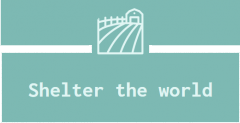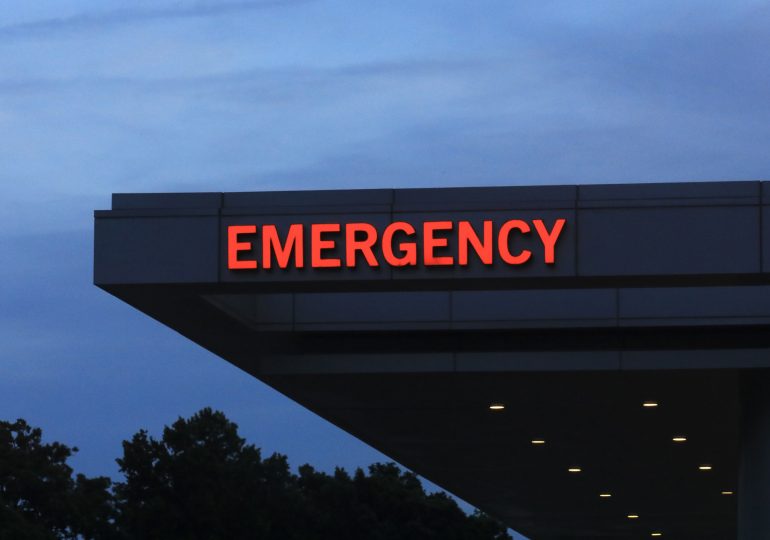For many of us, summer means attending backyard barbecues, laughing with neighbors and friends, watching kids chase fireflies, and enjoying fireworks lighting up the night. But in a split second, that can all change. Your daughter trips, gashing her knee on a rock. Your dad, laughing one moment, clutches his chest the next. Suddenly, you’re racing to the emergency room—confident it’s open, staffed, and ready.
That’s the unspoken promise of our health care system: when the worst happens, an ER will be there, no questions asked.
[time-brightcove not-tgx=”true”]
But that promise is about to become harder to keep. A quiet policy change tucked into the “One Big Beautiful Bill Act” cuts the provider tax nationwide from 6% to 3.5% over the coming years. That might sound like easy-to-ignore bureaucratic jargon, but for families across America—who trust the ER will be there when a fever spikes or a bone breaks—this change will likely mean dramatically longer waits, overwhelmed doctors, and a system pushed to the brink.
Here’s why: Our health care system is like a chain of dominoes. ERs, hospitals, and nursing homes are all connected, and the provider tax is one of the critical links holding it all together. It’s a tool used by 47 states to fund Medicaid, the program that provides health care coverage for millions of Americans, both children and seniors. Hospitals pay into this tax. States use it to unlock Medicaid dollars. Those combined funds then flow back into the system, helping keep ERs staffed, hospital beds available, and nursing homes running.
Most people aren’t aware of the provider tax, but it’s why your local hospital can treat you and your family, whether you have private insurance or none at all.
Read More: The Budget Bill’s Big Consequences
This legislation’s cut to this tax might look and sound like a simple budget trim. In reality, it’s a wrecking ball. It will slash federal funding, leaving hospitals and nursing homes scrambling. A new analysis by researchers at Brown University’s School of Public Health estimates this bill could force more than 600 nursing homes to close nationwide. That’s 600 places caring for grandparents, stroke survivors, or adults with disabilities. When those doors shut, the whole system jams up—and the fallout lands in your local ER.
Picture it: Your daughter’s knee is bleeding through a makeshift bandage. The waiting room is packed. Gurneys line the halls. A baby wails. An elderly man coughs in pain. You wait for hours, not because the staff don’t care, but because there’s nowhere to move patients. The hospital beds are full of people who should be in nursing homes—people recovering from surgeries or heart attacks who can’t go home yet but have nowhere else to go.
That’s how one policy change could trigger a cascade of real-life effects. In this case, those nursing home closures, triggered by the provider tax cut, clog the entire system.
This interdependence isn’t just a policy problem. It’s personal. Research shows crowded ERs lead not just to longer waits, but missed diagnoses and higher risks of death from time-sensitive conditions like heart attacks, strokes, or sepsis. In rural communities, the consequences are even worse. If local nursing homes or hospitals shut down, the next ER might be an hour away, and that difference could mean life or death.
Read More: I’m an Economist. The GOP Budget Undeniably Takes From the Working Class and Gives to the Rich
This hits hardest for families already struggling: low-income households and those with chronic illnesses who rely on Medicaid for care. But it affects everyone. When ERs are swamped, no one gets help faster, whether you’re a CEO or a cashier.
This is what Congressional Republicans voted for when passing the bill into law, and it leaves states with few good options. States could fund nursing homes through new taxes or add on their own provider fees, but that would mean state-to-state variations in how well hospitals and emergency rooms function. It’s not just about dollars—it’s about keeping the promise that an ER will be there for your kid’s broken arm or your mom’s sudden fall, and nursing homes are a critical part of that system. If states don’t step up, it will be difficult to see how the system keeps running smoothly.
So this summer, as you spend time with your family and enjoy the long days, think about what gives you true peace of mind: Not just cookouts and vacations, but a health care system you can count on. In most places in the U.S., that will still be there this summer. But if hundreds of nursing homes close in the year ahead, that promise of an ER being ready the next time an emergency strikes will become harder to deliver.
Leave a comment





